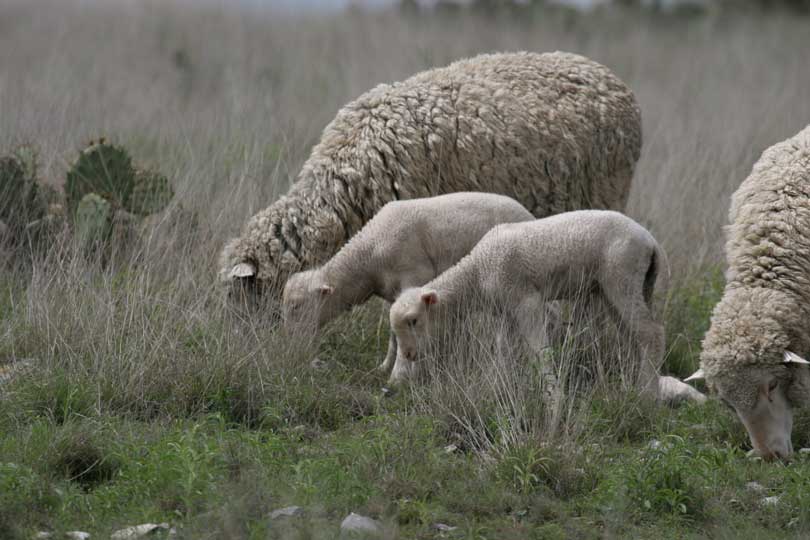By Jennifer Dorsett
Field Editor
The American Lamb Board recently published a white paper aimed at assisting lamb producers, processors and distributors in addressing seasonality issues and creating regular, year-round lamb availability in the U.S. market.
The white paper, titled Seasonality of the U.S. Lamb Industry, uses data and research from several reputable sources, including the Texas A&M AgriLife Research Center at San Angelo. It highlights the effects of seasonality in lamb production and marketing.
Sheep are seasonal breeders, which causes inefficiencies and market volatility for the U.S. lamb industry.
Supply issues arise, according to the report, because about 80 percent of lambs in the U.S. are born from January through May.
It is difficult to provide consumers with a steady supply, because the majority of lambs are market ready around the same time. The issue is compounded when surplus lambs remain on feed longer, resulting in heavier-than-preferred weights at harvest.
Market changes have also affected supply and demand.
Traditional markets peak around Easter and Christmas, with a demand for larger and fatter lambs weighing 120 to 160 pounds live weight.
But a new, non-traditional market includes a large immigrant population that consumes lamb at different times of the year. This market prefers smaller, lighter-weight carcasses and different cuts.
American consumers and chefs prefer to purchase other fresh red meat or poultry rather than frozen lamb, which is why the American Lamb Board is working to identify areas of improvement in the supply chain.
Texas, the top producer of meat goats and lambs in the U.S., historically filled the gap of market-ready lambs in the summer and fall. Over the past 10 years, however, the trend has shifted to raise more lightweight hair sheep instead of traditional wool breeds, creating a break in market supply during those months.
“The Texas lamb and goat market has evolved over the last two decades, creating new opportunities for farmers and ranchers,” Tracy Tomascik, Texas Farm Bureau associate director of Commodities and Regulatory Activities, said. “Diversifying with livestock and concentrating on specific markets makes sense for a lot of people, and our state’s overall growth in small ruminant numbers reflects that.”
California also has environmental conditions favorable to fall and winter lambing operations but has shifted away from lamb production due to rising costs in the state.
The report suggests several changes to combat market volatility, including shifting the lambing season or altering the rate of gain to get lambs market ready at varying times. Improved genetic selection technology may assist sheep ranchers in the future with identifying better stock for longer breeding seasons.
The American Lamb Board is a national checkoff program representing all sectors of the U.S. lamb industry. The association was established in 2002 in an effort to boost profitability for all contributors and increase demand for domestic lamb products.

